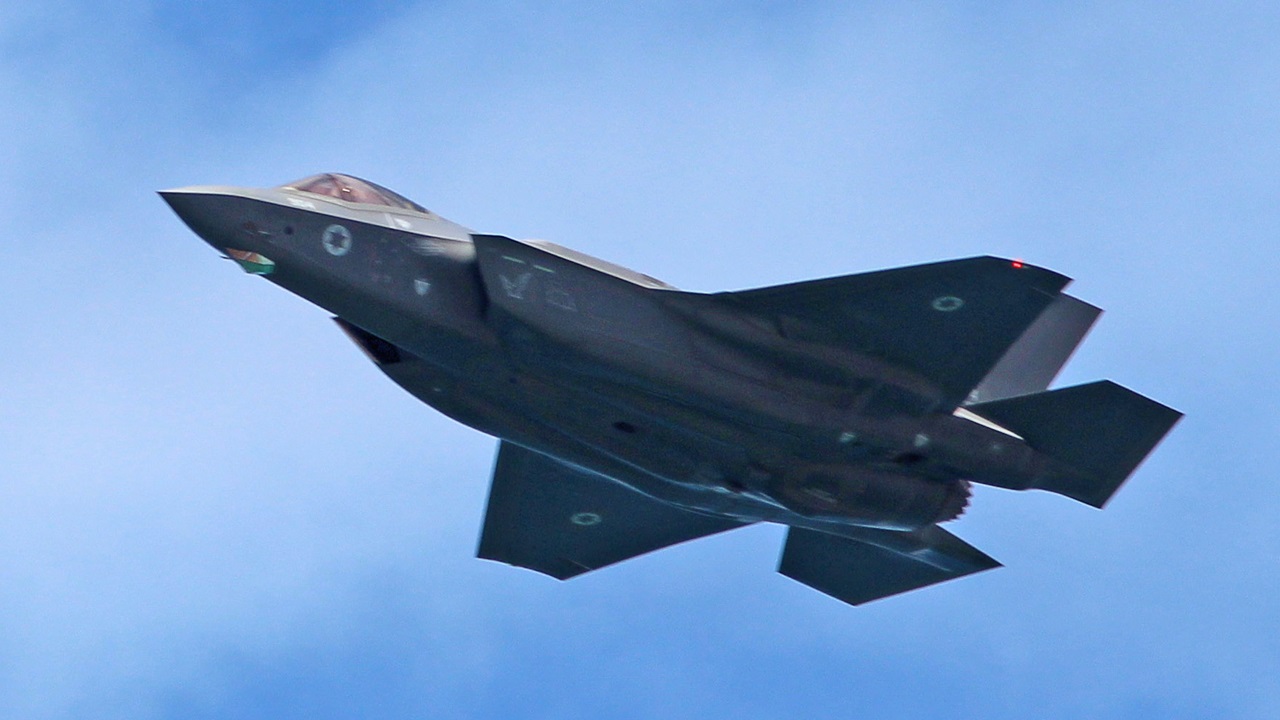Rumor or Fact: Was An Israeli F-35I Adir Struck By A Russian-Made Missile In 2017?
A widely circulated story in 2017 reported that one of the Israeli Air Force’s F-35 fighter jets was hit by a Soviet-made S-200 missile fired by the Syrian Defense Forces.
Here is what we found on F-35I Adir rumor that won't go away...but should: A widely circulated story in 2017 reported that one of the Israeli Air Force’s F-35 fighter jets was hit by a Soviet-made S-200 missile fired by the Syrian Defense Forces.
The S-200 missile was designed in the 1960s and served as the Syrian military’s most advanced long-range anti-aircraft system at the time.
The Israel Defense Forces (IDF) immediately responded to these reports on social media, claiming that although an anti-aircraft missile was launched from Syria towards one of its airframes, the hit was unsuccessful.
In a retaliatory strike, the IDF struck a Syrian SAM battery near Damascus. Later in the day, Israeli media reported that one of its F-35I jets had been damaged in a bird strike nearly two weeks prior. While the plane landed safely, the IDF was uncertain whether or not it would remain operational.
Israel’s Privileged F-35I Adir Stealth Fighter
Back in 2010, the Jewish state became the first country outside of the F-35’s nine-nation co-development group to purchase the jet. The American-made stealth fighter is arguably the most advanced fighter in the air today. Israel has committed to purchasing a total of 50 F-35s over the next few years.
The Jewish state received its first F-35 in 2016. Israel’s version of the F-35 is unique and highly specialized. Lockheed-Martin refused to undergo major client-state modifications to the F-35, but Israel was able to move around this measure and was ultimately allowed to use local defense contractors in the acquisition.
The Israeli Air Force can externally modify the F-35I Adir and has full access to the fighter’s sophisticated digital architecture, including its electronic warfare and surveillance suite, communications systems, and mission control hardware. Israel’s Air Force is also able to install “plug-and-play” defensive countermeasures including jamming pods in the fighter. Additionally, Israel’s Adir variant featured domestically-made weapon options including the Rafael Spice EO/GPS guided bomb and an Israeli-designed cruise missile.
By 2018, Israel became the first country to debut its version of the F-35 as combat operational. This date is meaningful since the rumored shooting-down of one of Israel’s fifth-generation fighters reportedly occurred in 2017. It would have been extremely unusual for the IDF to allow its new F-35I fleet to fly along the Syrian border prior to its operational benchmark. Although the Syrian military reported that its “air defenses responded (to Israeli warplanes) and directly hit one of the jets, forcing the enemy to retreat,” this narrative is likely invalid.
IDF In the Air
The IDF stood by its original explanation of the damaged F-35I. Israel’s military officials confirmed that “During a training sortie two hits were found on the plane, following a collision with a bird. After an evaluation and assessment of the damage conducted together with the manufacturer – Lockheed Martin, the plane was sent for normal maintenance and repair. It will return to full service in the next few days.”

Dubious “evidence” combined with unlikely circumstances indicate that an Israeli F-35 was in fact, not struck by a Russian-made missile in Syria. Today, the IDF’s fleet of fifth-generation stealth fighters serves as the backbone of its Air Force.
About the Author
Maya Carlin is an analyst with the Center for Security Policy and a former Anna Sobol Levy Fellow at IDC Herzliya in Israel. She has by-lines in many publications, including The National Interest, Jerusalem Post, and Times of Israel.
All images are Creative Commons.


